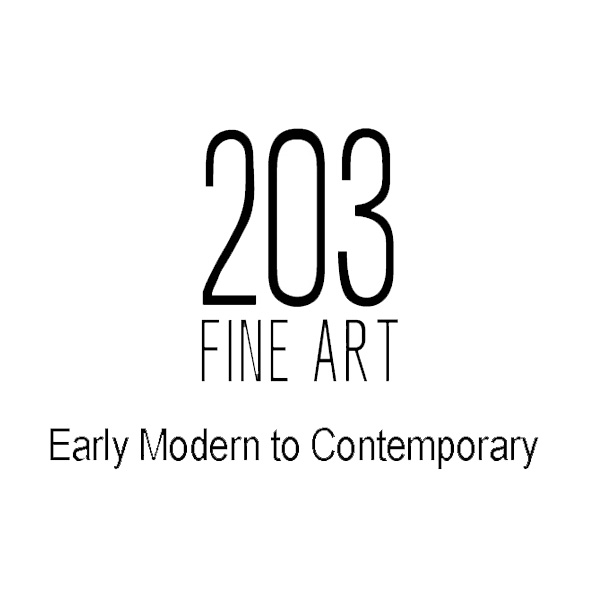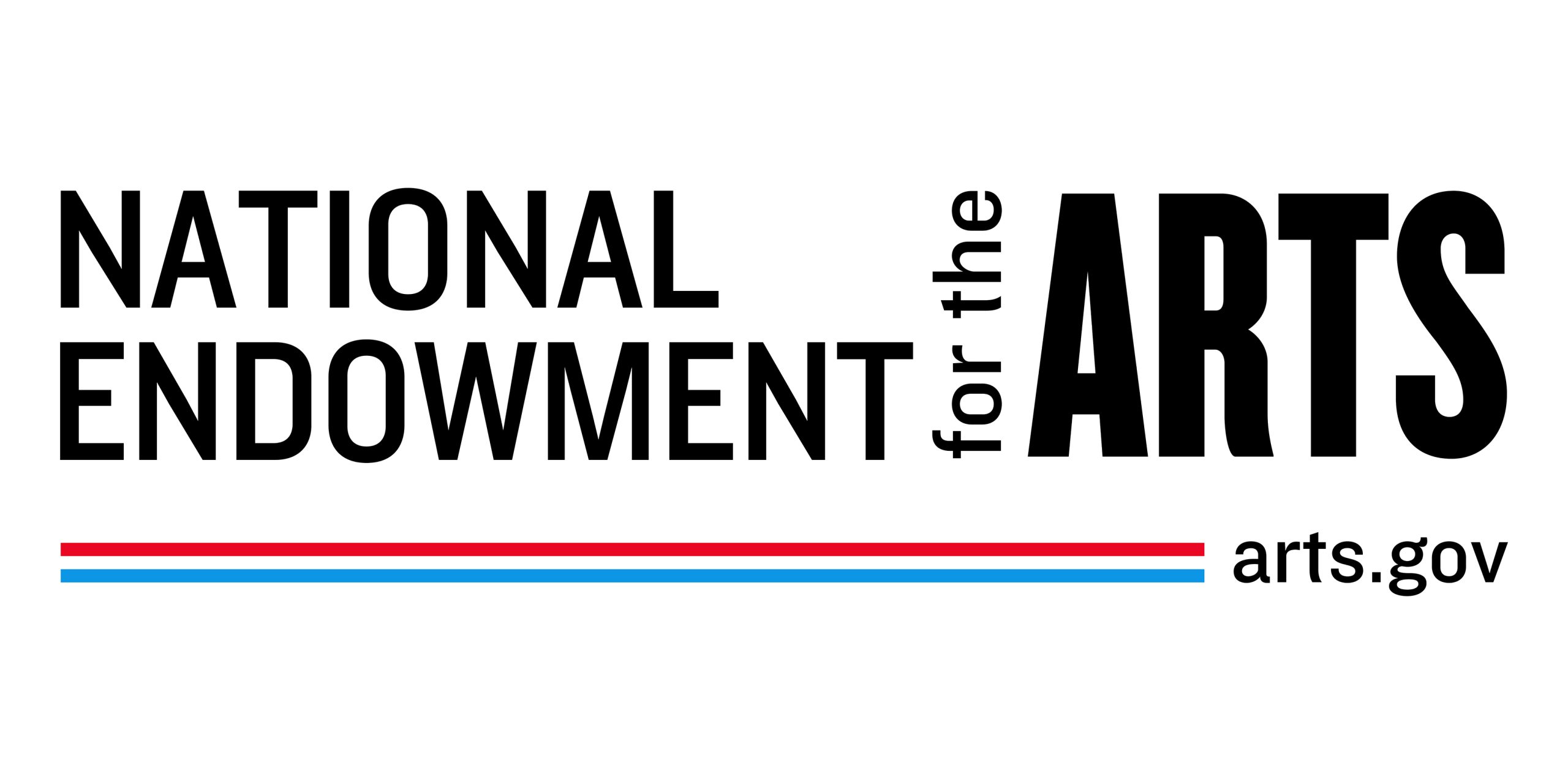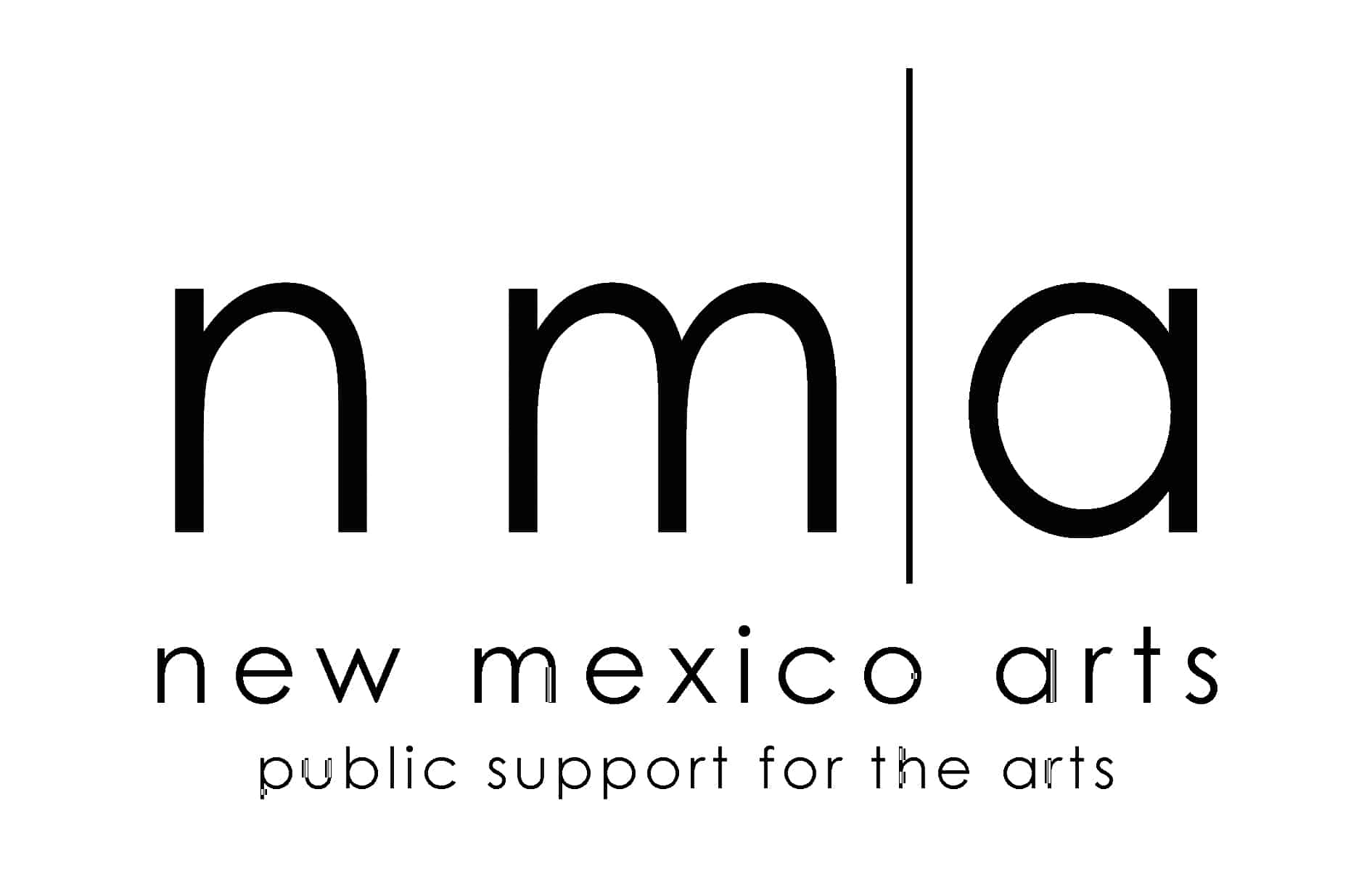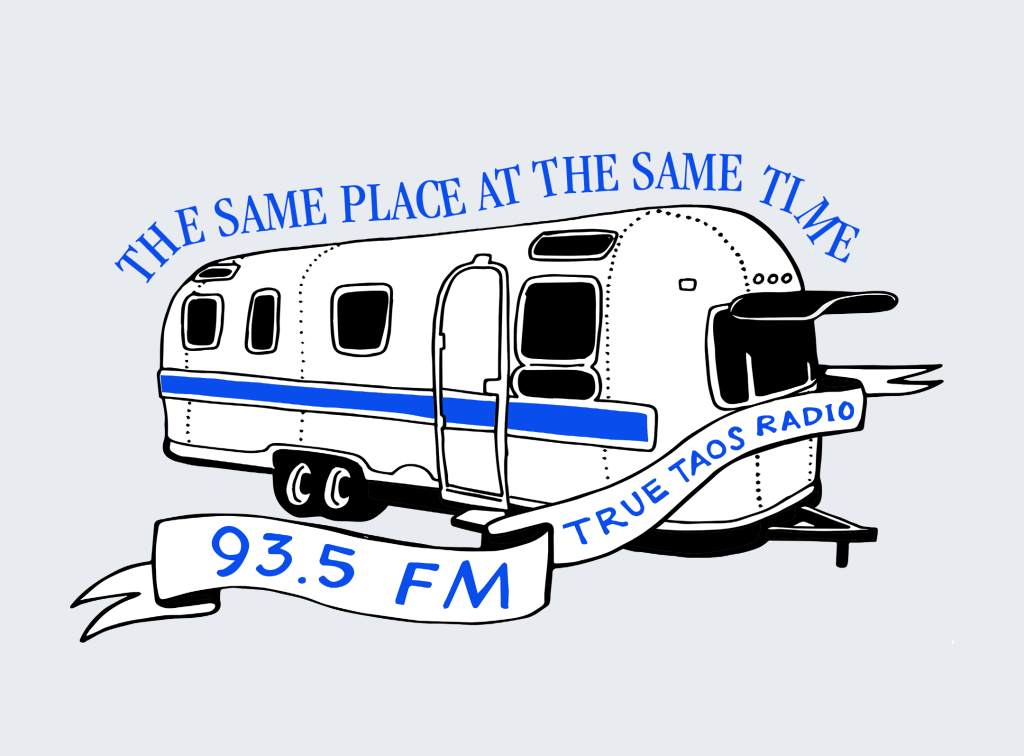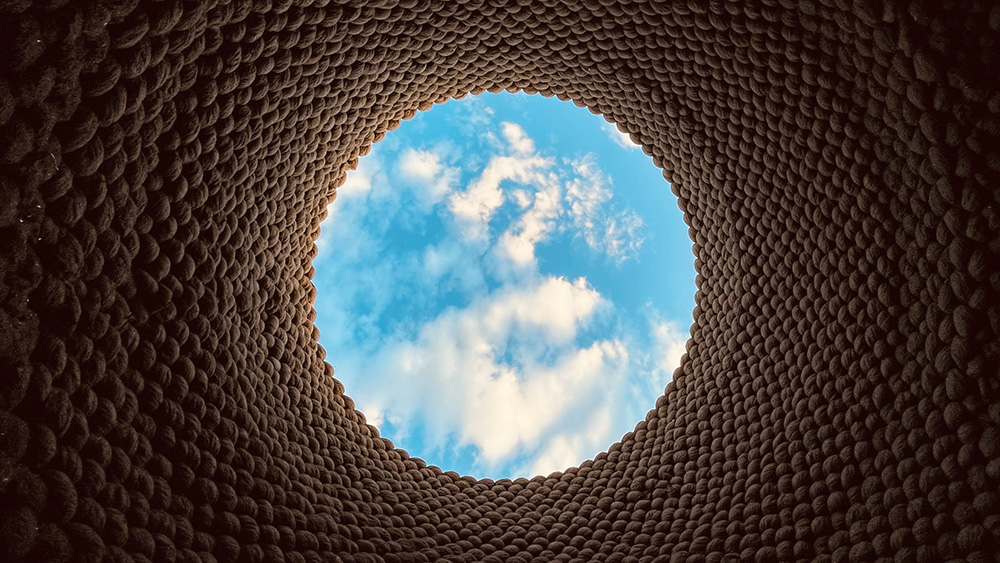Pursuit of Happiness: Gi Bill in Taos refocuses the story of post-World War II artistic movements by highlighting those artists working, communing, and connecting in Taos from 1945 onward. These artists founded the next great wave of abstraction that took root in the region, bringing their vast creativity and international connections to the community. Highlighting works from Harwood Museum of Art’s permanent collection and sourcing significant loans regionally and nationally, this exhibition tells the story of how Taos contributed to conversations and explorations in the national art scene during the post-World War II period.
Taos participated in the first era of abstraction following World War I through the likes of Mabel Dodge Luhan and modern artists Andrew Dasburg, Georgia O’Keeffe, and Emil Bisttram. During the Great Depression, the survival of Taos artists was underpinned by the United States government’s support of Regionalism and Social Realism. It was not until the end of World War II that the next great phase of abstraction took Taos by storm, spurred by a generation of veterans who arrived to study on the GI Bill (the Serviceman’s Readjustment Act). Despite being a small community, Taos was home to multiple art schools during this period, including the Mandelman-Ribak Taos Valley Arts School (1947-1953), the Bisttram School of Fine Art, and UNM’s Summer Field School of Art (1929-1956).
While New Yorkers claimed that the center of the art world had shifted from Paris to New York after WWII, art actually expanded from coast-to-coast and internationally. GI Bill artists studied in Paris, Chicago, North Carolina (Black Mountain College), San Francisco, Los Angeles, and Taos. Their generation advanced Abstract Expressionism’s paint textures (with drips, splatters, squeegees, and stains), developed a proliferation of styles including figurative art, Surrealism, Lyrical Abstraction, and Hard-edge painting, and rejuvenated landscape painting.
Every artist is part of a matrix of connections––and Taos has always been a nexus point. Not only did many GI Bill artists who studied in Taos also settle there, but they were joined by friends, colleagues, and teachers who studied elsewhere. Having brought their talented web of connections to the community, this circle of GI Bill Taos artists detached themselves from the tough, urban, mechanical, Pop, and conceptual styles more popular in New York, paving their own way in abstraction.
This exhibition precedes the publication of MaLin Wilson-Powell’s book The Pursuit of Happiness: World War II, American Artists and the GI Bill (Museum of New Mexico Press) which features profiles of thirty international, national, and regional GI Bill artists who changed the world of art.
Webpage banner: Oli Sihvonen, 3 by 3, 2 Blue, Brown, and Green (detail), 1975, acrylic on canvas, 29 1/8 x 29 3/8. Courtesy of M.A. Healy Family Foundation Purchase Fund. Collection of Harwood Museum of Art.

Eva Mirabal, Buy War Bonds, 1942, offset poster, 19 ¾ x 16 1/8, unframed. Courtesy of Jonathan Warm Day Coming.

Oli Sihvonen, 3 by 3, 2 Blue, Brown, and Green, 1975, acrylic on canvas, 29 1/8 x 29 3/8. Courtesy of M.A. Healy Family Foundation Purchase Fund. Collection of Harwood Museum of Art.
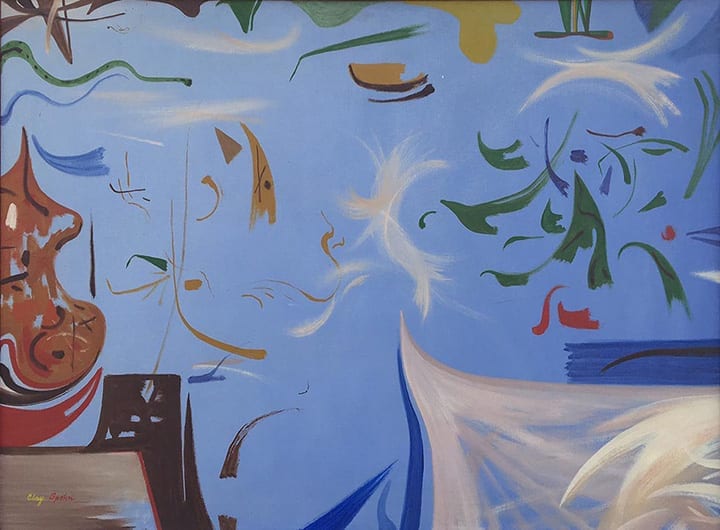
Clay Spohn, Exuberant Garden, c. 1940s, oil on canvas, 44 x 30. Courtesy of 203 Fine Art.

